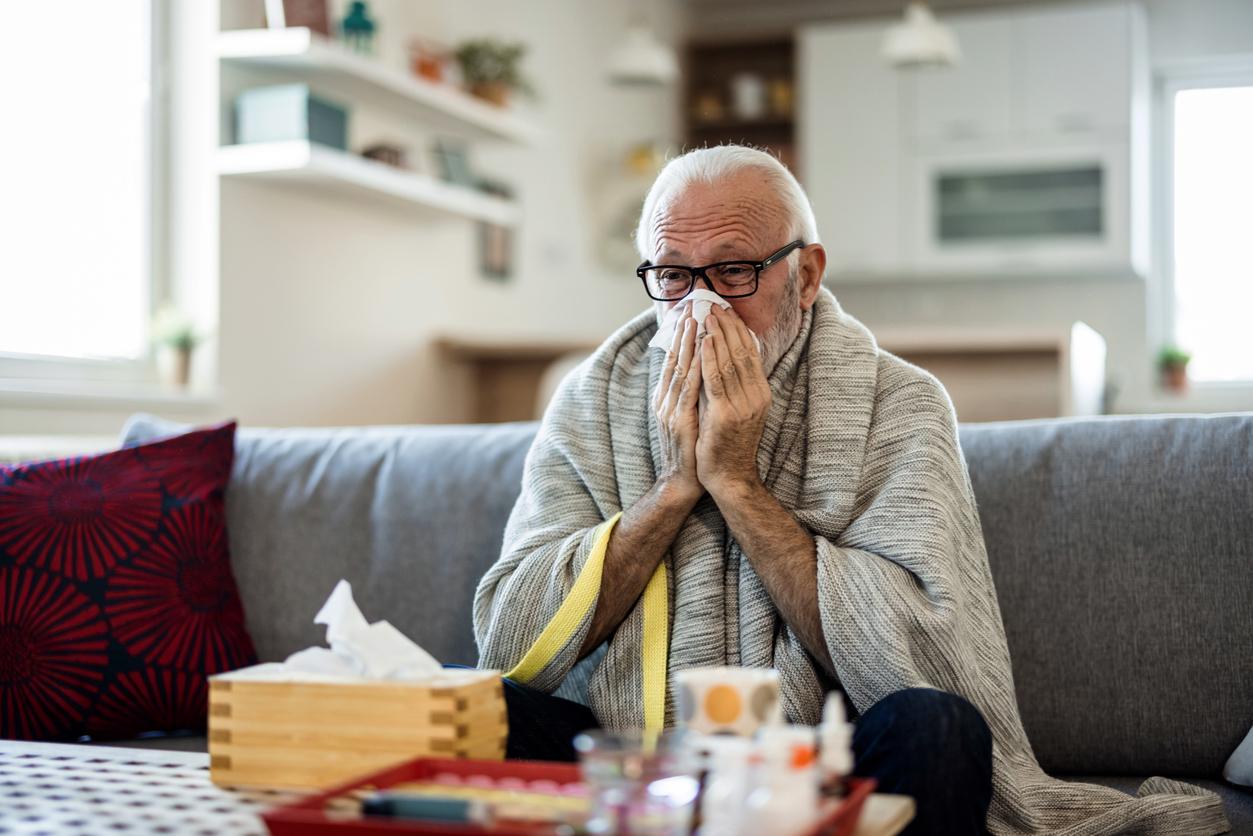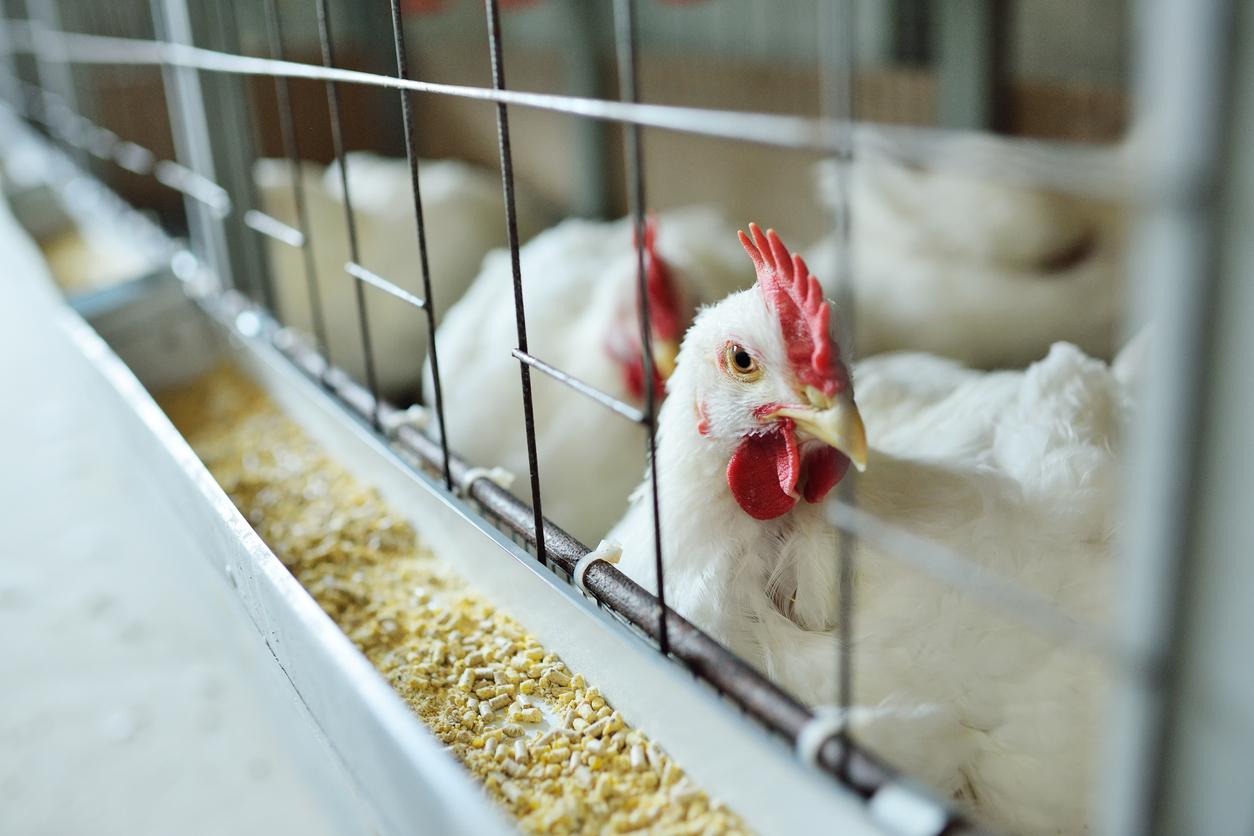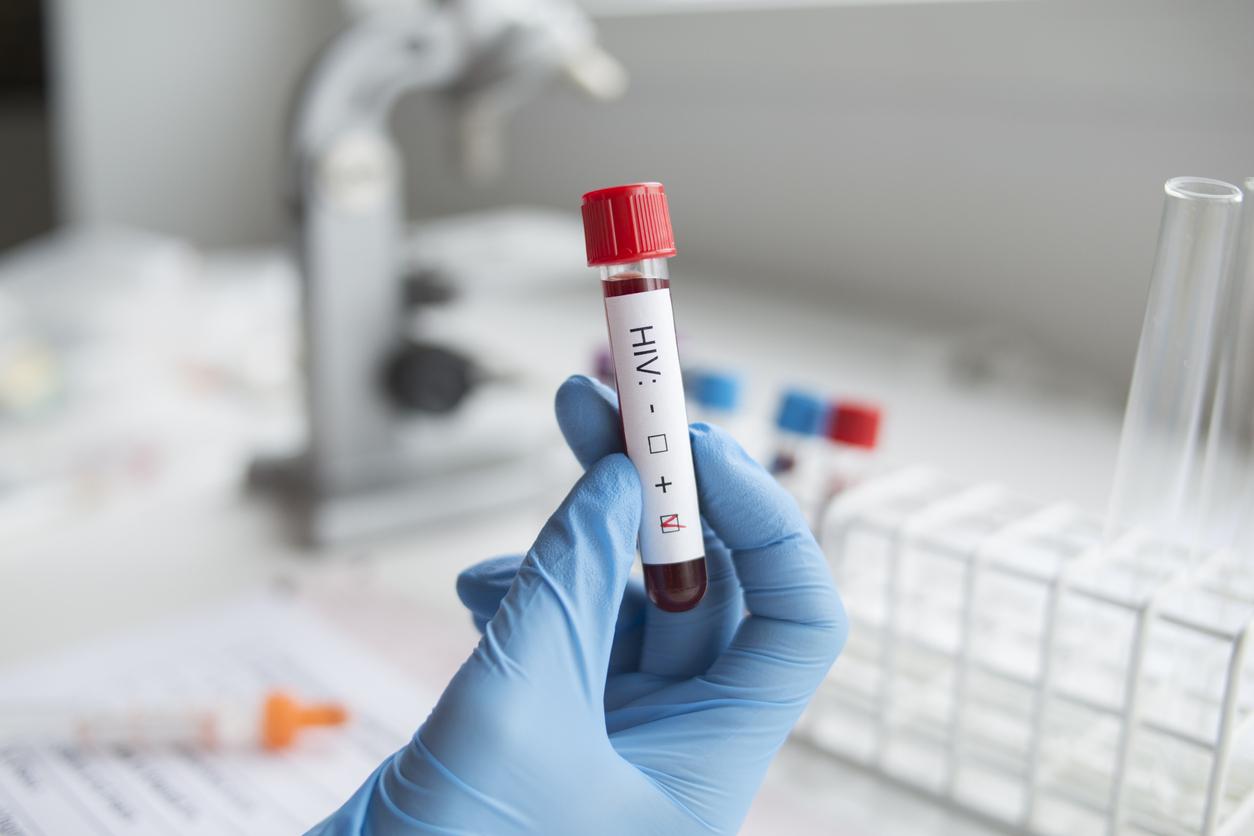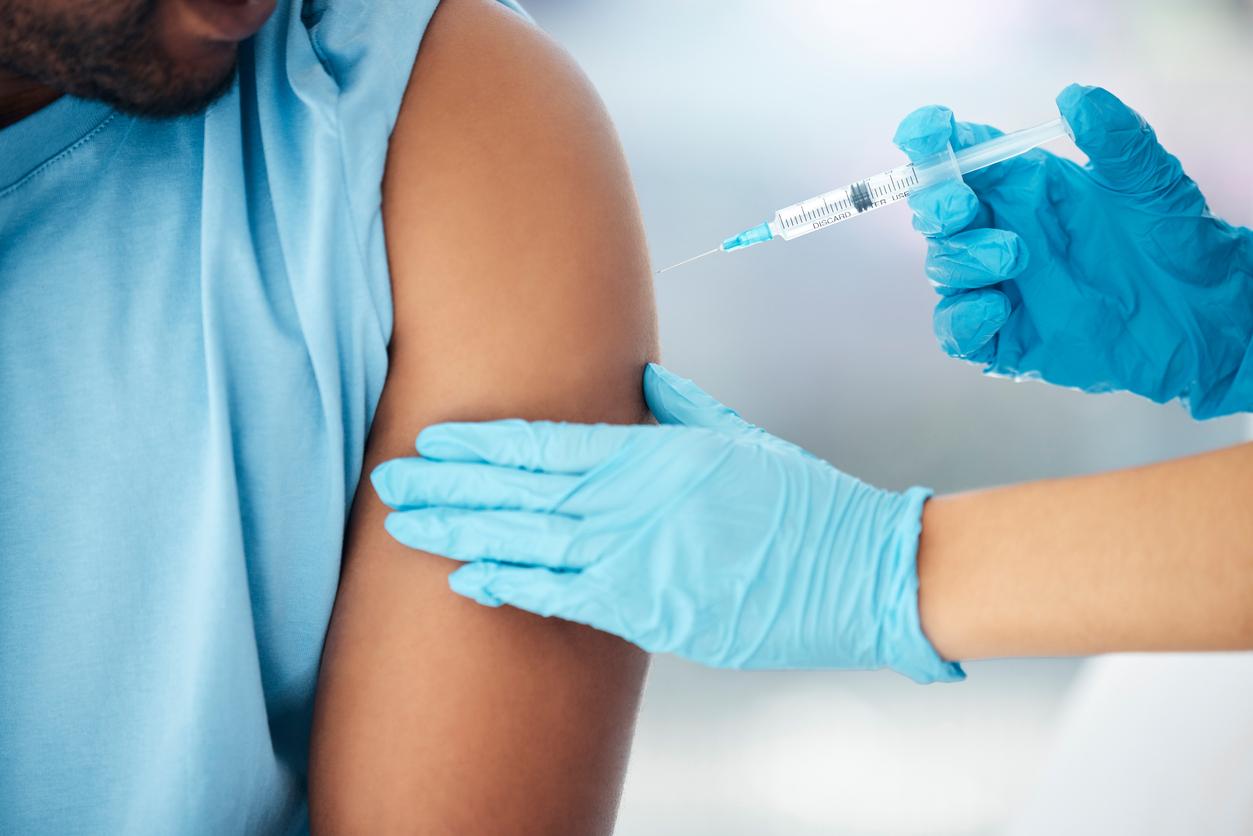More than a year after the start of the pandemic, the thesis of the aerosol route as the priority mode of transmission of SARS-CoV-2 has just been confirmed. A conviction based on ten clues.

- Observation of SARS-CoV-2 contamination conditions suggest that aerosol transmission is dominant
- This pathway, before being recognized, has long been ruled out for other infectious diseases such as tuberculosis and measles.
If the transmission of the coronavirus responsible for the Covid-19 epidemic could be explained by the diffusion of droplets, or even by its presence on certain surfaces, a work published in The Lancet has just underlined the ten reasons to think that the main mode of transmission of the disease would indeed be the aerosol. What to wonder – even without returning to the debate on the wearing of the mask which marked the beginning of the Covid-19 pandemic – on the advisability of health measures which have often consisted in preventing populations from having activities at outside or to force them to confine themselves in closed places since it is obviously indoors that transmission by aerosol occurs most easily.
The study published in The Lancet summarizes all the “clues” that place this mode of transmission by aerosol ahead of all the others.
First of themthe fact that significant contaminations have taken place in closed places (theatres, ships, slaughterhouses, healthcare establishments, etc.), the size and mode of ventilation of which have led to an overdispersion of the virus incompatible with transmission only by droplets.
Second cluethe contamination observed between people who are alone in rooms close to each other, which is particularly the case in hotels accommodating contaminated patients or contact cases placed in quarantine.
Third clue, transmission by asymptomatic patients could represent between a third and 60% of contaminations. However, these patients do not cough, do not sneeze… but speak by secreting not droplets but indeed aerosol particles.
Fourth cluethe transmission of the coronavirus is much lower outside than inside where it can also be reduced when the premises are well ventilated with outside air.
Fifth cluewhile important precautions – even if they were sometimes delayed due to lack of equipment – were taken to protect healthcare personnel from droplets or contact with infected surfaces, nosocomial infections by SARS-CoV-2 have been identified a almost everywhere, the caregivers having, apart from the masks, benefited from no particular protection against aerosols.
Sixth clue – and not least – the coronavirus in its infectious form was detected in the air in the laboratory up to three hours after its diffusion, in the air of premises occupied by Covid patients or in the air present in their car . And this even if the article in The Lancet points out that certain studies have shown that we have not succeeded in capturing samples of SARS-CoV-2 in the air, “this sampling being technically very difficult”.
Seventh cluethe detection of the virus in ventilation ducts and air filters of hospital premises, “locations which could only be reached by aerosol”.
Eighth cluethe contamination of healthy animals placed in cages separate from those of infected animals but connected to each other by air ducts.
Ninth clue, we have never proven … the opposite! In other words, “no study has provided solid evidence to refute the airborne transmission of SARS-CoV-2. And if some people who have breathed the same air as infected patients have not themselves been infected with the virus , this can be explained “by a combination of factors such as the amount of viral shedding or the degree of ventilation of the environment”.
Tenth clue, which supports the previous, “limited” evidence of other routes of transmission. “The erroneous hypothesis of close proximity transmission involving large droplets has been used for decades to deny the airborne transmission of tuberculosis and measles (it is now established that the virus responsible for the latter remains active in the air for two hours …, Editor’s note)”.
Conclusion of the researchers: “Although other routes may contribute, we believe that the air route is likely to be dominant”, they say, specifying that this must have “public health implications”.
.















